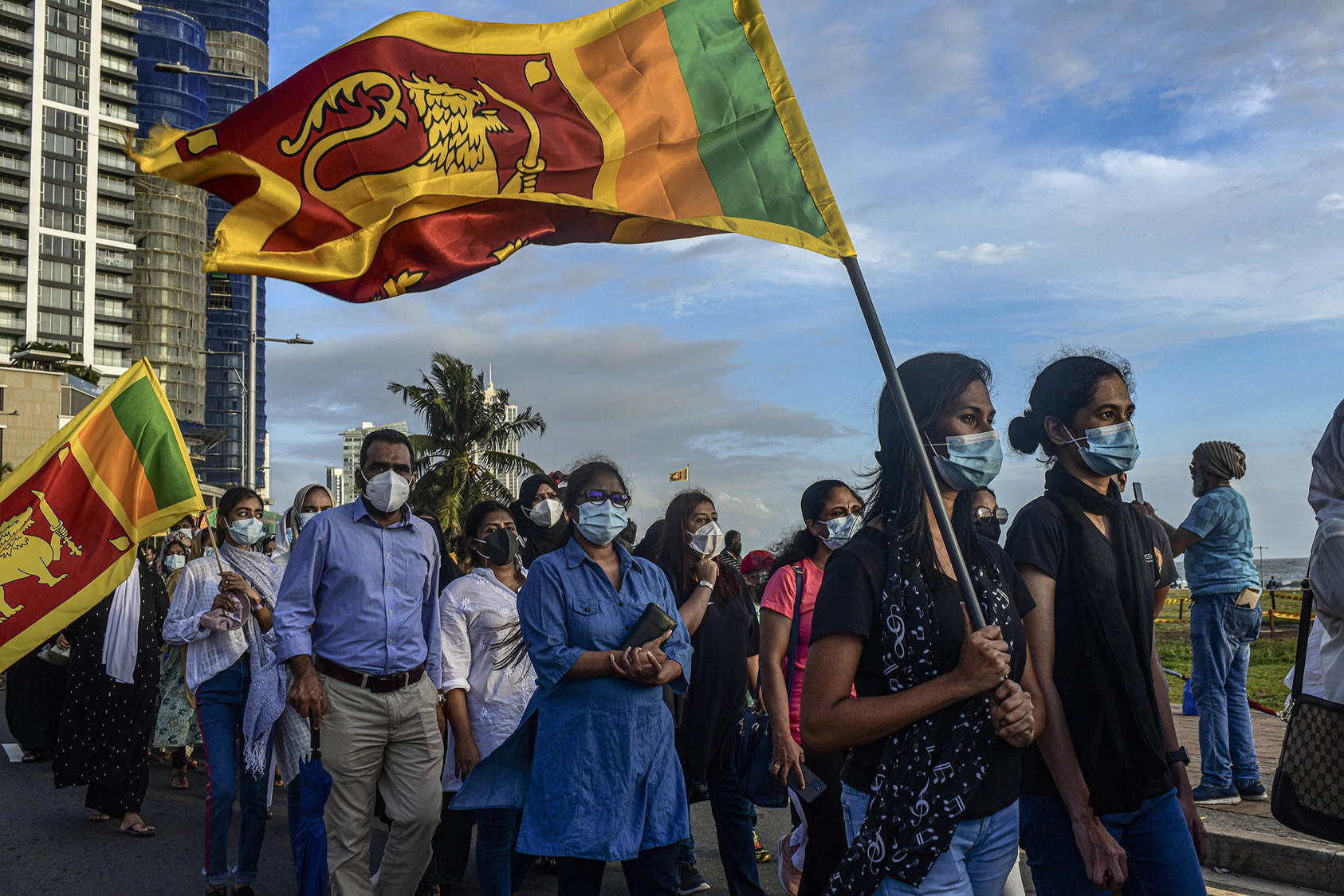Sri Lanka, an island nation in South Asia, has been navigating a challenging economic landscape in recent years. The country, renowned for its rich cultural heritage and stunning natural beauty, has faced significant economic hurdles exacerbated by the global pandemic, political instability, and natural disasters. As Sri Lanka works towards economic recovery, several key developments and strategies are coming into focus.
Table of Contents
Economic Struggles and Government Response
Sri Lanka’s economy contracted sharply in 2020 due to the COVID-19 pandemic, which severely impacted tourism, a major revenue generator for the country. The tourism sector, which contributed significantly to the GDP Indiana updates.com, saw a drastic decline in international arrivals. Additionally, the pandemic disrupted global supply chains, affecting Sri Lanka’s export-oriented industries such as textiles and garments.
In response, the Sri Lankan government implemented several measures to stabilize the economy. These included fiscal stimulus packages, monetary easing, and support for affected businesses. The Central Bank of Sri Lanka reduced policy rates to encourage borrowing and investment, while the government introduced relief measures for small and medium-sized enterprises (SMEs).
Debt Restructuring and International Assistance
One of the significant challenges Sri Lanka faces is its high debt burden. The country has been grappling with large external debt repayments, leading to concerns about its debt sustainability. To address this, the government has sought debt restructuring agreements with international creditors and financial institutions.
In 2023, Sri Lanka reached an agreement with the International Monetary Fund (IMF) for a financial assistance program aimed at supporting economic reforms and debt restructuring efforts. The IMF program focuses on improving fiscal discipline, enhancing revenue collection, and implementing structural reforms to promote sustainable growth.
Revival of Tourism Sector
The revival of the tourism sector is crucial for Sri Lanka’s economic recovery. The government has been actively promoting the country as a safe and attractive travel destination. Efforts include enhancing health and safety protocols, marketing campaigns targeting key international markets, and developing new tourist attractions and infrastructure.
Sri Lanka’s rich cultural heritage, pristine beaches, and diverse wildlife continue to be major draws for tourists. The government is also promoting eco-tourism and sustainable tourism practices to attract environmentally conscious travelers.
Agricultural Development and Food Security
Agriculture plays a vital role in Sri Lanka’s economy, providing employment and livelihood for a significant portion of the population. The government has prioritized agricultural development to ensure food security and reduce dependency on food imports.
Initiatives include modernizing agricultural practices, providing subsidies and support to farmers, and promoting organic farming. The government aims to increase domestic food production and improve the value chain for agricultural products, boosting the sector’s overall productivity and sustainability.
Digital Transformation and Innovation
Sri Lanka is also focusing on digital transformation and innovation as key drivers of economic growth. The government is investing in digital infrastructure, promoting e-commerce, and encouraging startups and technology-driven businesses. The aim is to create a conducive environment for innovation and entrepreneurship, fostering job creation and economic diversification.
The adoption of digital technologies in various sectors, including finance, education, and healthcare, is expected to improve efficiency and accessibility, contributing to long-term economic resilience.
Challenges and Future Outlook
Despite these efforts, Sri Lanka’s path to economic recovery is fraught with challenges. Political instability, environmental vulnerabilities, and global economic uncertainties pose risks to sustained growth. The government must address these challenges while maintaining social cohesion and inclusive development.
In conclusion, Sri Lanka’s economic recovery is a complex and multifaceted process. With strategic reforms, international support, and a focus on key sectors such as tourism, agriculture, and digital innovation, the country aims to build a resilient and sustainable economy. The coming years will be crucial in determining the success of these efforts and the overall trajectory of Sri Lanka’s economic future
